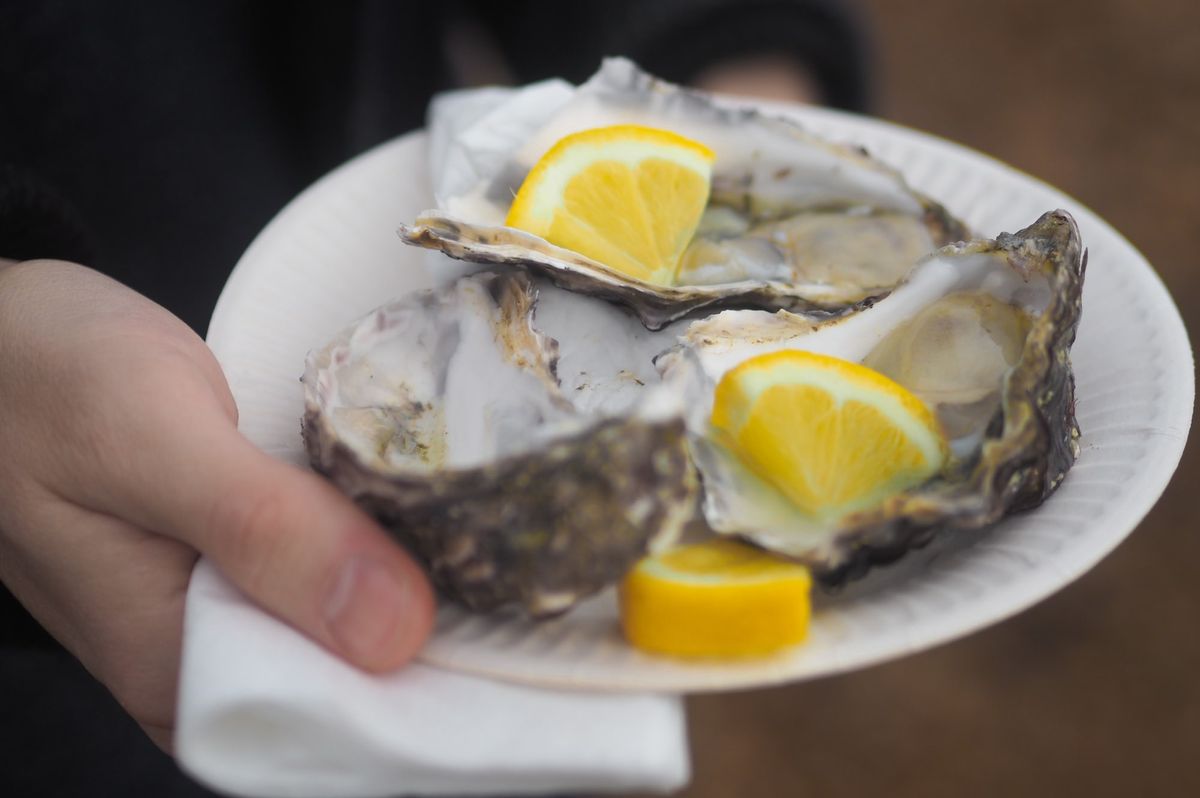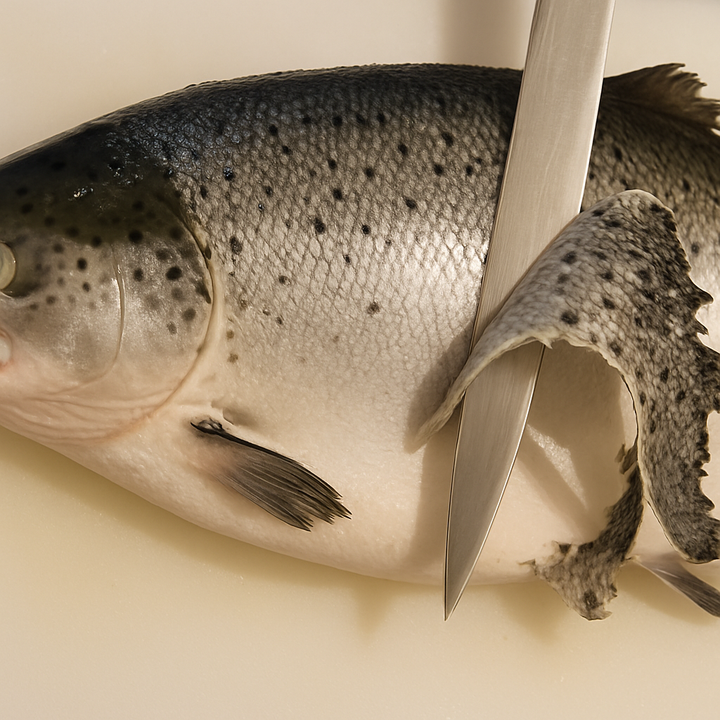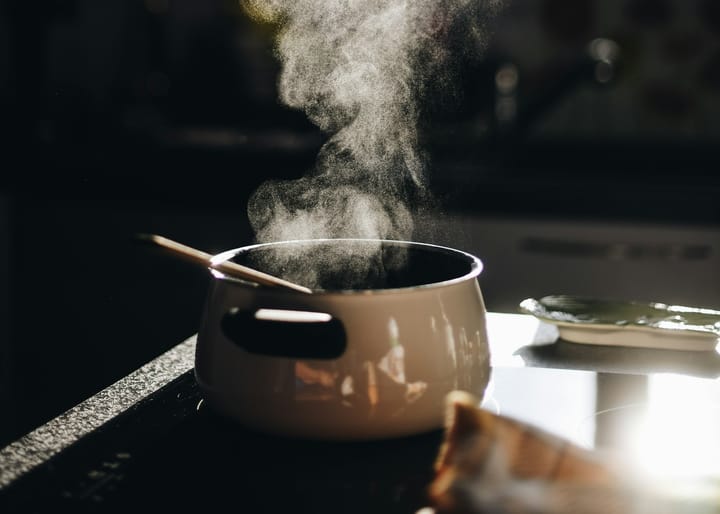Exquisite Marennes-Oléron PGI: France's Top Oyster Hub
Discover the prime oyster region of France through the exquisite Marennes-Oléron Oysters PGI. Their unique hue and taste are nurtured in "claires," ancient clay ponds rich in phytoplankton, originating from bygone salt marshes.

The unique coloration and exceptional taste of Marennes-Oléron Oysters PGI are cultivated in "claires," historic clay ponds derived from past salt marshes, bustling with phytoplankton.
Among the world's top oysters like Speciales Gillardeau and Fines de Claires Vertes are produced here.
The green-hued "Fines de claires" oysters (huȋtres) were privileged to be the first seafood awarded the Red Label honor in 1989, marking a significant milestone in the global recognition of the exquisite oysters from Marennes-Oléron.
What is Red Label Award for Oysters in France?
The Red Label (Label Rouge) in France denotes a high standard of quality for agricultural and seafood products. For oysters, it signifies excellence in taste, texture, and overall quality.
Marennes-Oléron's Fines de Claires Vertes and Pousses en Claire varieties have earned this prestigious label, highlighting their superior quality and adherence to traditional oyster farming practices.
Discover The Marennes-Oléron: The Europe's Oyster Epicenter
Marennes-Oléron, Europe's premier oyster farming hub, contributes to half of France's oyster output. Its oyster cultivation journey commenced in the mid-1800s, amid declining salt marshes, giving way to a new oyster farming saga.
The "claires," remnants of old salt marshes, are the cradle of Marennes-Oléron oysters.
These shallow clay basins, where tides mingle fresh and salt water, are rich in phytoplankton like Blue Navicula micro-algae, granting the oysters their green hue and unique taste.
The Marennes oyster lineage presents four exquisite variants: Fine de Claire, Spéciale Claire, Fine de Claire Verte, and Pousse en Claire, with the latter two bearing the esteemed Red Label (Label Rouge).
Fines de Claires
A 28-day tenure in the claire renders them lean with a harmonized flavor.
Spéciales de Claire
Chosen for their ample size and uniform shape, these oysters undergo maturation in claires for an extended period. They boast a plumper physique compared to the fines de claires.
Fines de Claires Vertes (Green Oyster)
Distinguished as the inaugural seafood to receive the Red Label in 1989, these oysters exude premium quality.
With their aesthetically rounded shells and vibrant green hue, they present a lean, enticing profile.
Pousses en Claire
Also adorned with the Red Label, these epitomize the finest Marennes-Oléron oysters PGI.
Unlike other variants merely matured in claires, these are bred within, staying for 4 to 8 months, with a sparse population per pond (a maximum of 2 to 5 oysters per 11 square feet, unlike 20 for others).
Their fuller bodies and enduring, rich terroir flavor set them apart.
Size Ranking System for French Huȋtres
In France, oysters are meticulously graded based on their size and meat content. They are categorized as "fine" or "special" according to the amount of meat they contain, with "special" oysters being the meatier ones.
This ranking system is crucial for consumers and connoisseurs alike to identify the quality and size of the oysters they are purchasing or consuming.
Size Ranking:The size of the oysters is ranked numerically, where for cupped oysters the ranking ranges from 0 to 5, and for flat ones, it ranges from 000(the biggest) to 6 (the smallest)
Pacific oysters are graded from 5 to 0, with 0 being the largest size, weighing over 150g. On the other hand, native oysters are graded from small (petit) to very large (très grande – over 100g)
Cupped Oysters: The "fine" or "special" designation among cupped oysters is determined by the time they spend in "claires" (salt marsh ponds) which enhances their growth.
The ones grown in claires are specifically referred to as "fine" or "special" claires oysters.
Meat Content: "Special" oysters have a higher meat content compared to "fine" oysters. This is a result of the nurturing environment in the "claires" which allows for a richer, meatier yield.
Regional Specialties: France, being a leading producer of oysters, has several regions known for their distinctive oyster varieties, each with unique characteristics.
Marennes-Oléron oysters are renowned globally and are a significant part of France's oyster production, which is believed to constitute over 50% of the world's oysters.
ii) Oyster bars, commonly found across major towns, go by the name "huiteries."
iii) When at such venues, it's typical to order either a "demi-douzaine" for a half dozen or a "douzaine" for a dozen oysters.
Cultivation Process of Marennes-Oléron Region Oysters
Marennes-Oléron oysters are initially nurtured in open sea oyster parks for around three years before being moved to "claires," shallow clay ponds rich in minerals and phytoplankton.
The key to their unique green hue is the Blue Navicula algae in the claires. The maturation period in these ponds, lasting several weeks to months, enhances the oysters' growth, flavor, and color, marking them as gourmet delights.
This process of transitioning from sea to claires, followed by maturation, distinguishes Marennes-Oléron oysters, showcasing a blend of natural and refined aquaculture practices.
Savoring Marennes-Oléron Oysters PGI
On tips for shucking oysters, pry them open only when ready to dine, using a knife with a compact, sharp blade, inserted two thirds from the hinge.
Ensure they stay flat after opening to keep the precious liquor intact. Settle them on seaweed, coarse salt, or a specialized oyster plate.
Discard any dry oysters or those unresponsive when the mantle edge is nudged with a knife tip, ensuring only the freshest are enjoyed.
Best Pairing With
Muscadet: A dry, light-bodied white wine from the Loire Valley, its minerality and citrus notes make it a classic pairing with oysters.
Chablis: A crisp, acidic white wine from Burgundy, its clean and mineral-driven profile complements the brininess of the oysters well.
Champagne: The high acidity and effervescence of a good Champagne can cut through the richness of the oysters, making for a balanced pairing.
Blanquette de Limoux: A lesser-known sparkling wine from Languedoc, it's a delightful and often more affordable alternative to Champagne.
Sancerre: This Loire Valley white, with its zesty acidity and mineral undertones, pairs wonderfully with oysters.


